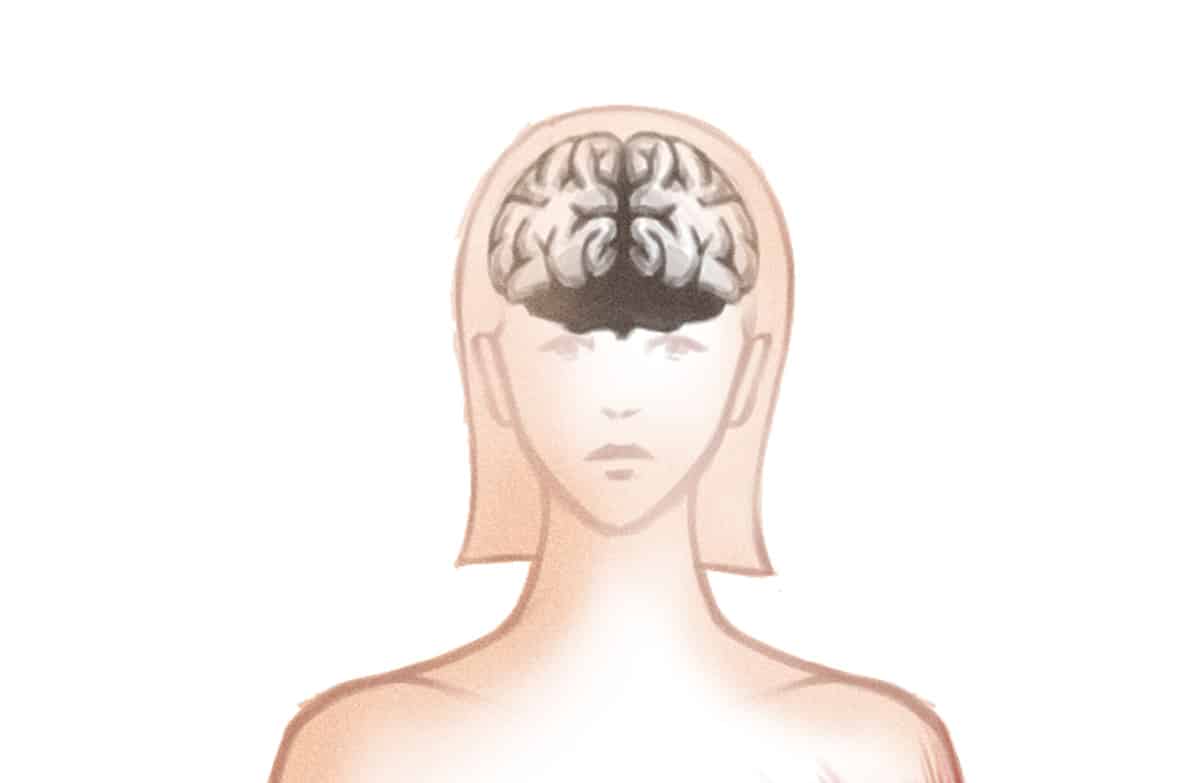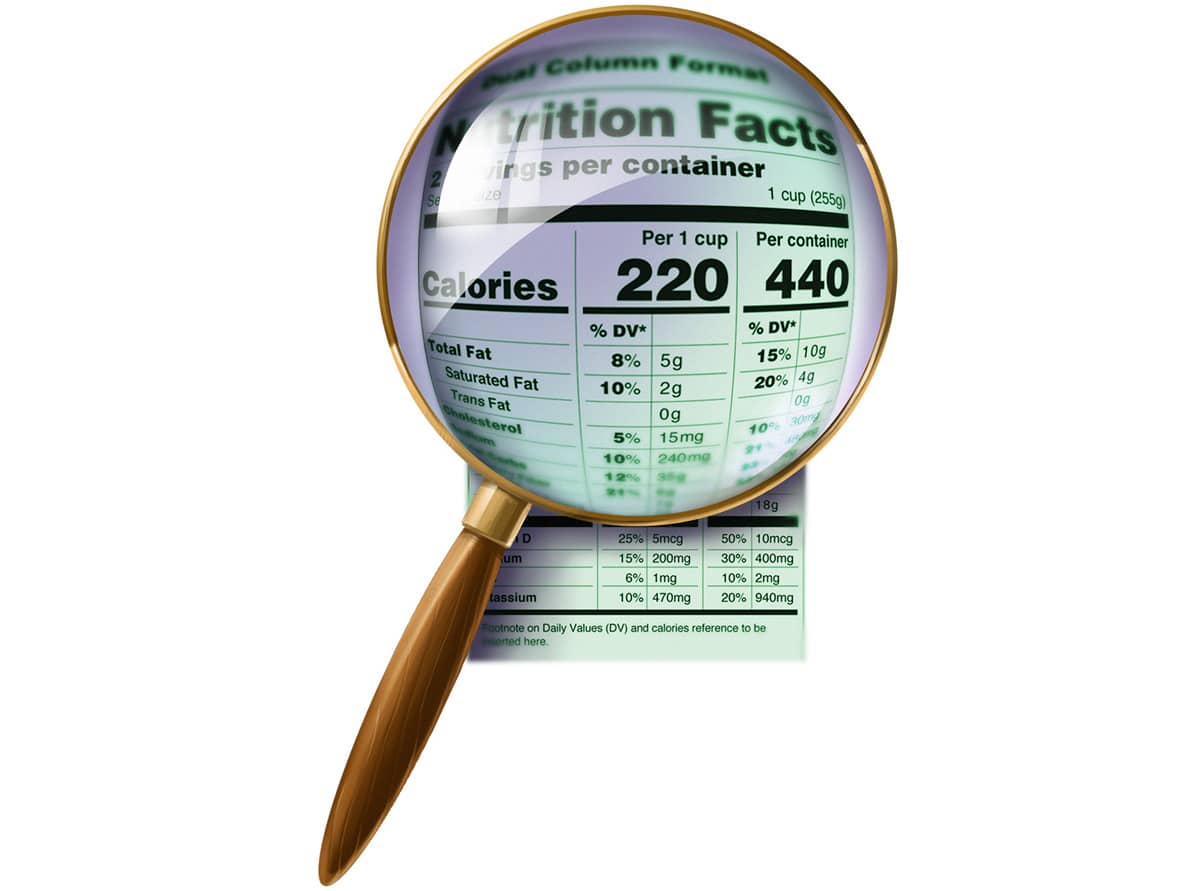Losing weight isn't easy at any age, but once you get over 40 or so, it does start getting significantly harder.
The typical answer to this is just to do all the same things, but more: cut more calories, run more miles, do more spin classes. Which is... an option, if you don’t mind being hungry and run-down all the time. But have you ever wondered specifically why weight loss is so much tougher for the middle-aged crowd, or whether there might be a way to work smarter, not harder?
Here’s a look at the biology of middle-age weight gain and some research on ways to get around it. Some of these suggestions might seem almost too simple to be true - but sometimes it really is just about consistently doing the basic things, not spending a huge amount of money on special miracle supplements or complicated diet plans.
Causes of weight gain/resistance to weight loss in middle age
Researchers aren’t totally sure why people struggle to lose weight in middle age, but some culprits include...
Years of a lousy diet coming home to roost...in your hypothalamus

This study lays out a really interesting explanation for middle-age weight gain. It starts with diet: eating a lousy diet causes inflammation in an area of the brain called the hypothalamus. This reduces sensitivity to leptin (that’s a hormone that signals to your brain when you’re full) and insulin (a hormone that helps you process carbs).
Eating a lot of junk food also reduces the amount of the protein SIRT1 in the hypothalamus. This turns into a serious problem in middle age because SIRT1 also naturally drops with age, especially after 55. SIRT1 helps protect against leptin resistance and weight gain. So by reducing SIRT1 levels, the one-two punch of age and eating junk takes away one of the body’s major defenses against weight gain. On the other side of the coin, at least in animal models, turning up SIRT1 in the hypothalamus protects against diet-induced obesity in middle age.
So in short: aging + a lousy diet => hypothalamic inflammation + lower SIRT1 levels => changes in leptin and insulin sensitivity => harder to lose weight.
Age-induced DNA damage slowing your metabolism
This study identified another major change that might drive weight gain in middle age: increasing activation of DNA-dependent protein kinase (DNA-PK). DNA-PK is activated in response to DNA damage, which is a normal part of aging, so DNA-PK activation typically increases with age. Activation of DNA-PK reduces the number and function of the mitochondria, the parts of your cells that convert food to energy and heat. The reduction in mitochondrial function makes it easier to gain weight and harder to lose it.
This is backed up by studies in animal models, where drugs that inhibit DNA-PK increase fitness and prevent middle-age weight gain.
Ultra-brief summary again: aging => DNA damage => DNA-PK activation => mitochondrial damage => metabolic slowdown => trouble losing weight; tendency to gain weight.
Connecting the dots
At this point, you might be expecting a long list of foods that boost SIRT1 levels or inhibit DNA-PK. But consider, for example, that the antioxidant resveratrol, which is one of the compounds constantly praised for increasing SIRT1 levels, doesn’t actually affect weight in humans when it’s taken as a supplement. This suggests that maybe the solution is more complicated than eating or avoiding one particular thing.
Here’s a suggestion: instead of focusing on specific foods or nutrients, what about asking how it’s possible to address the inflammatory, DNA-damaging aspects of the aging process more comprehensively as part of a big-picture diet for weight loss?
Two strategies for easier weight loss in middle age
In light of the above, two strategies that might be helpful, with some research backing up the idea that they’ll actually help for middle-age weight gain specifically.
Exercise - but NOT to burn calories
The papers above noted that exercise reduces DNA-PK levels and increases SIRT1 levels, which helps counteract some of the damage of aging/inflammation/eating poorly earlier in your life. Exercise training also also helps keep your mitochondria in good shape. This suggests that exercise should be helpful for weight loss in middle age because it reverses some of the age-related processes that make weight loss so hard.
Even better, there's evidence for this in actual human beings - here’s one on circuit training in overweight middle-aged women and here’s another on combined training in obese middle-aged men.
This study is even more interesting because it doesn’t just look at whether or not exercise works. It looks at why exercise works. It’s not because exercise burns a ton of calories; it’s because exercise helps regulate appetite hormones (leptin!), control inflammation (your hypothalamus will thank you!), and improve something called “self-efficacy” - that’s the feeling that you’re in control of your own life, you can make decisions for yourself, and you have the power to choose your own future.
In other words, physical activity is a big-picture solution that addresses a lot of the underlying problems in middle-age weight gain, not because it burns a lot of calories (it doesn’t, for most people), but because it addresses the underlying hormonal and inflammatory problems that make weight loss harder after 40.
Focus on diet quality, not diet quantity

Calorie restriction is has been studied a lot as a way to prevent or delay aging, including the age-related changes that make weight loss in older adults so hard. This review of metabolic changes during aging highlights the benefits of calorie restriction, at least in animal models. To give an example specifically relevant to weight loss, calorie restriction increases SIRT1 levels, even when the restriction is pretty modest.
But if calorie restriction helps address the metabolic changes of middle age, then calorie-counting ought to be the perfect weight loss strategy, right? You can create an energy deficit to lose weight and also deal with age-related problems in one fell swoop! The big problem - and the reason why so many people don't get results from calorie-counting - is that it's not sustainable. Human brains just aren’t set up to eat that way (learn more about this here and here). Calorie-counting isn't a plan that most people in the real world can keep up for several decades, so it's an unrealistic weight-loss strategy for most people.
Also, calorie-counting as the one and only weight-loss plan misses out on so many opportunities to reduce inflammation and DNA damage through diet quality. Sure, calorie restriction is one strategy, but why limit yourself to only one when you could have more?
This is where the Paleo-style meal template really shines. The focus is on high-quality protein, vegetables at every meal, and reducing sugar: eating this way helps control hunger on a calorie deficit and reduce inflammation without making you (a) count calories or (b) worry about a dozen different special foods that you’re supposed to be eating. Eating a big variety of vegetables also provides the whole spectrum of carotenoids and other antioxidants that seem to be protective against DNA damage - again, without making you worry about fifty million different supplements. With Paleo you’re getting easy calorie restriction plus a bunch of other anti-inflammatory goodies that help address the causes of age-related weight gain, without actually counting calories.
Intermittent fasting and ketogenic diets could also be good ways to score the benefits of calorie restriction without actually having to count up all your daily calories and weigh every chicken breast.
What works for you?
To sum up: weight gain is easier and weight loss is harder once you start getting into middle age. The biology of aging isn’t very kind to people who want to keep their beach bodies! But there are some pretty simple (not easy, but simple) interventions that deliver a lot of weight-loss bang for your buck and actively address the age-related issues that make weight loss in middle age so hard. "Eat real food and exercise sometimes" seems almost ridiculously simplistic as an answer, but look back up the page: there's actual research and reasoning supporting simple interventions like this over all the expensive supplements and magic pills on the internet.
Every person is a special snowflake when it comes to weight loss - if you have a great tip for Paleo or keto weight management during middle age, why not share on Facebook or Twitter?





Leave a Reply